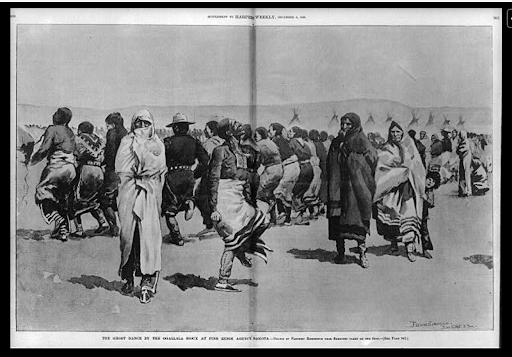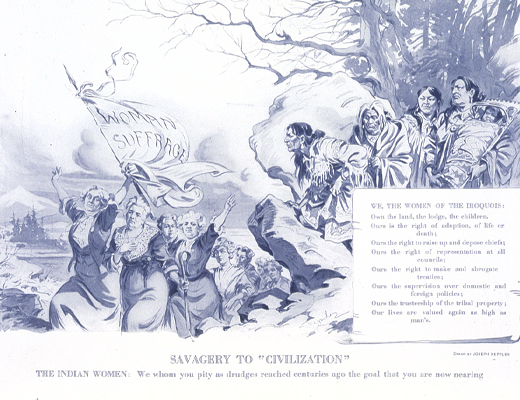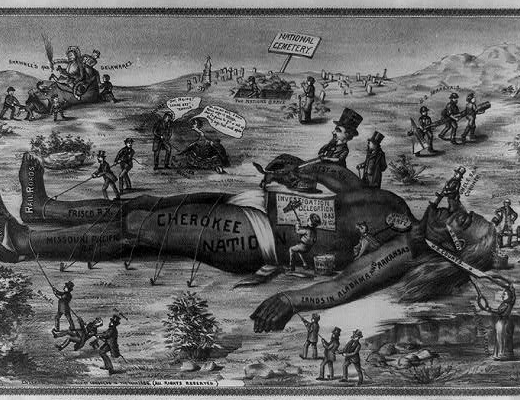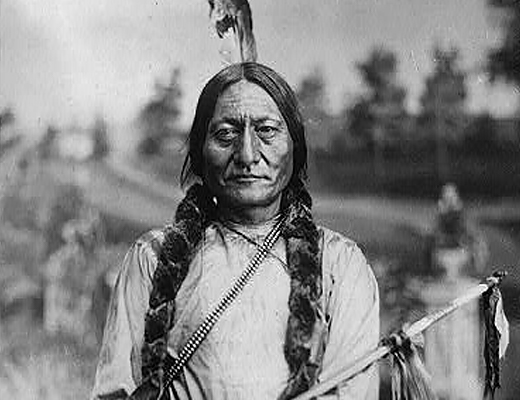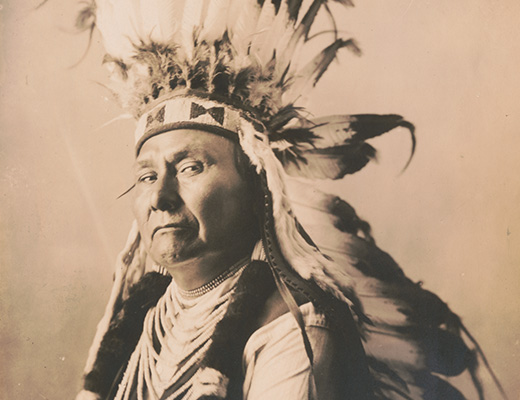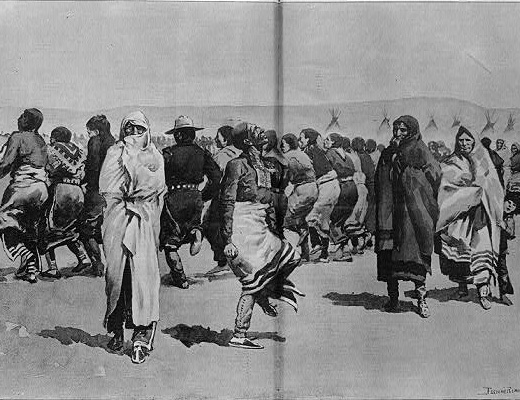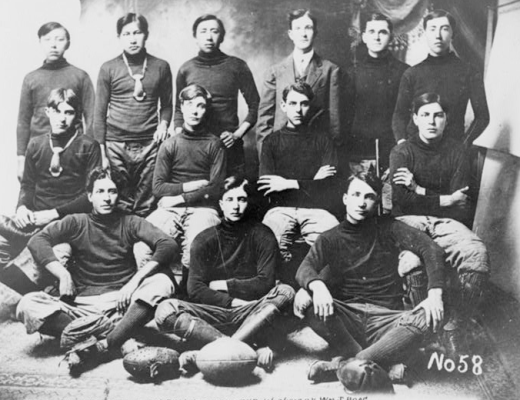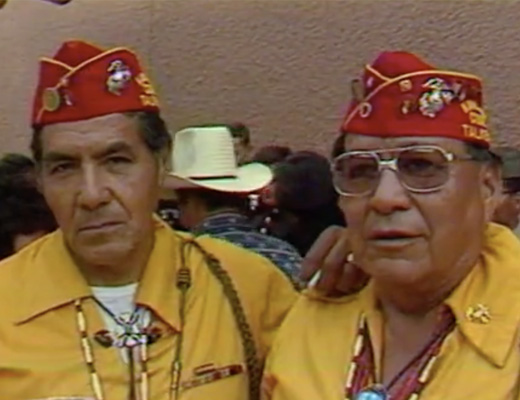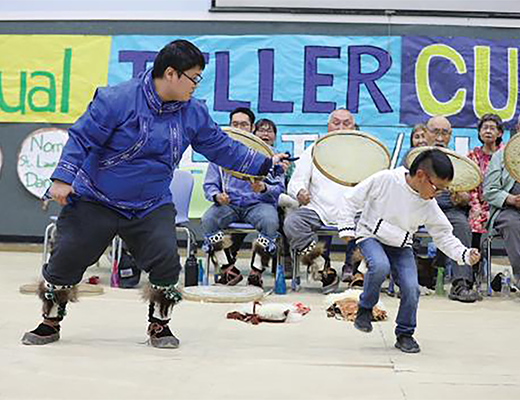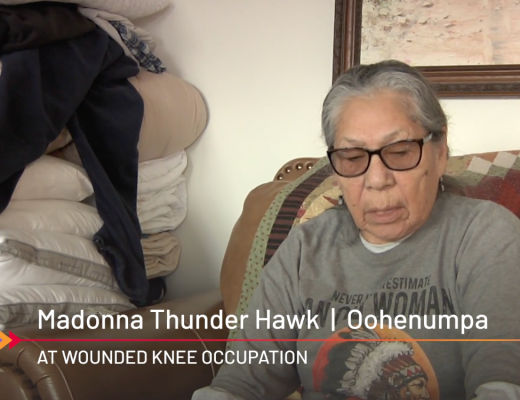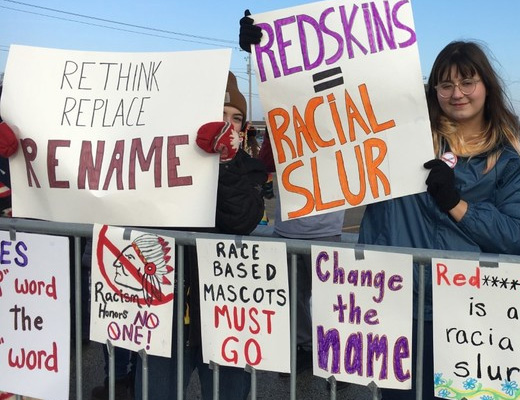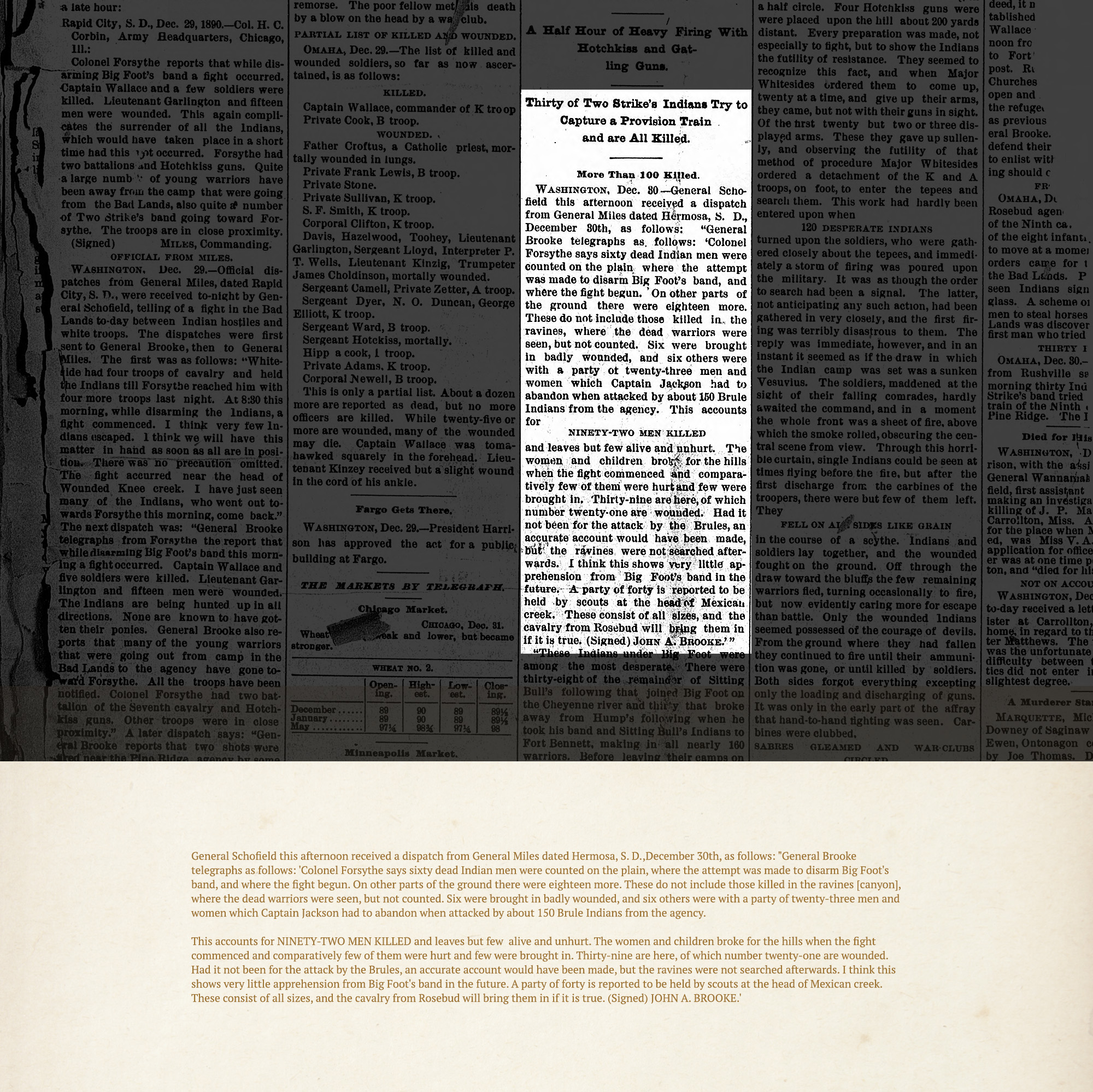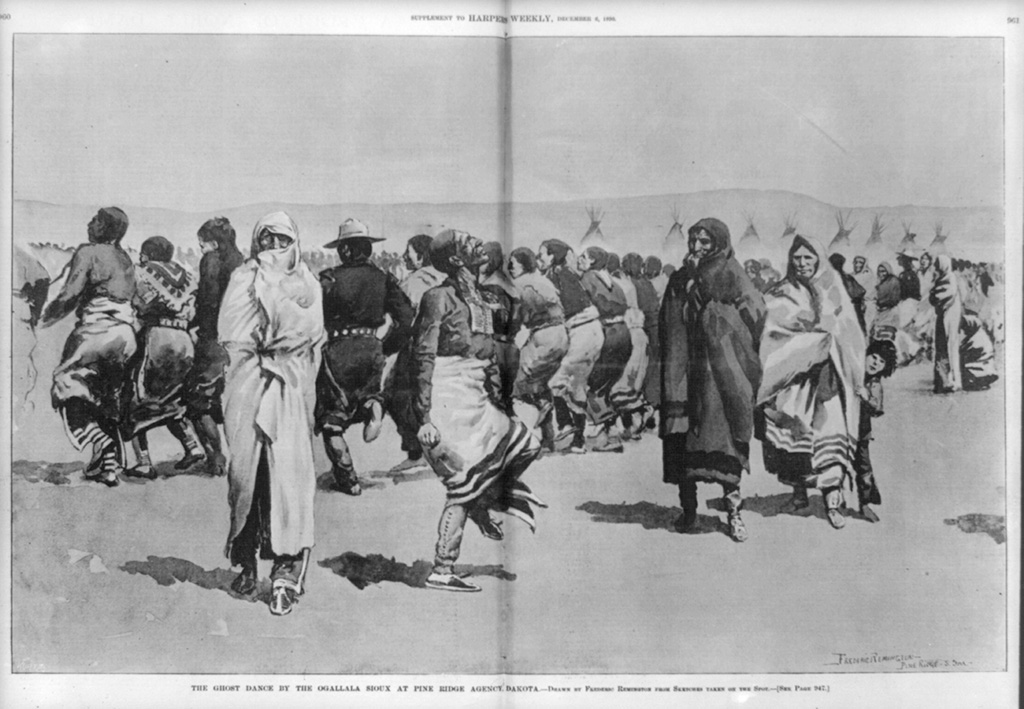The purpose of the Ghost Dance was to unite American Indians with their dead ancestors, who they believed would help end westward expansion of white colonizers (the United States government). Hysteria about the Ghost Dance movement and misinformation about its size mounted among the settler-colonizers. The U.S. government feared the Ghost Dance movement would lead to a Native American rebellion. On December 29, 1890, U.S. Cavalry troops went into the Pine Ridge Reservation in South Dakota to disarm the Lakota. By the time the massacre known as Wounded Knee was over, more than 300 Lakota men, women, and children were slaughtered.
Directions
Use the magnifier to analyze coverage from the Bismarck Tribune to answer the questions below. Scroll to the third column where it says in bold, “More Than 100 Killed.” Underneath “More Than 100 Killed,” it says “Washington, Dec 30.”
See the Text Version below:
Bismarck Weekly Tribune. Bismarck, North Dakota. Jan. 2, 1891. Library of Congress
Questions
Annotate this Image
Directions: Read the article below utilizing the magnifier to help you. Use the annotation tool to respond to the following questions about this photo:
- What do you notice as you look at this photo and read its description?
- How long after the Massacre at Wounded Knee do you think this photo taken?
- Who do you think might have taken this photo? What do you think the photographer was trying to show?
- How can journalists use photos to tell a story? What story does this photo tell?
Source: Pine Ridge, 1890. An eyewitness account of the massacre at Wounded Knee. 1890. Library of Congress
Use the toggle button above to switch to Magnify Mode. Magnify mode will help you see finer detail in the image.
Switch back to Annotate Mode to create your annotations with click and drag.

Your Annotations
Puzzler
Directions: Take a look at the different sections of the illustration one by one and answer the question that accompanies each section. At the end, you will see the completed image.
Source: Library of Congress
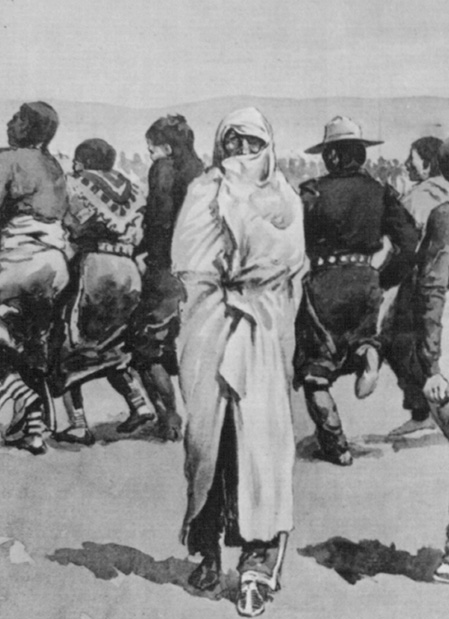
Cropped Image 1
Describe two specific things you notice in this portion of the image.

Cropped Image 2
Who do you think these people are?
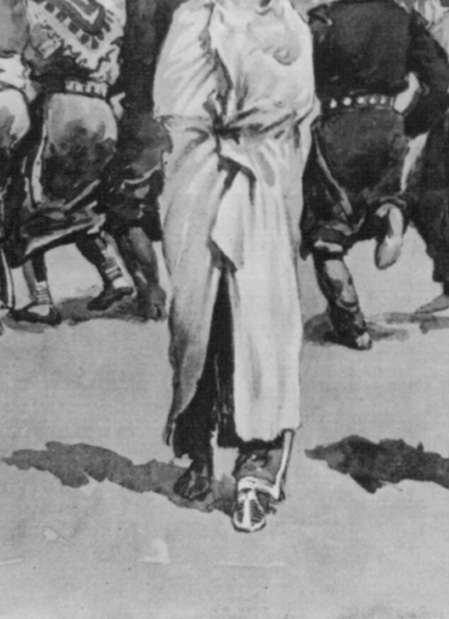
Cropped Image 3
Where do you think these people are?
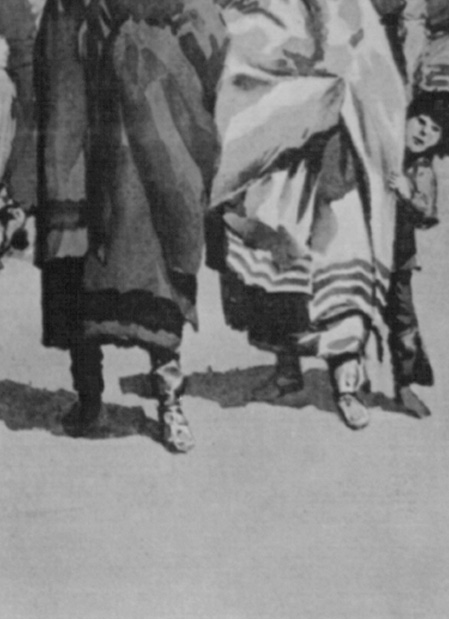
Cropped Image 4
What do you think these people are doing?
